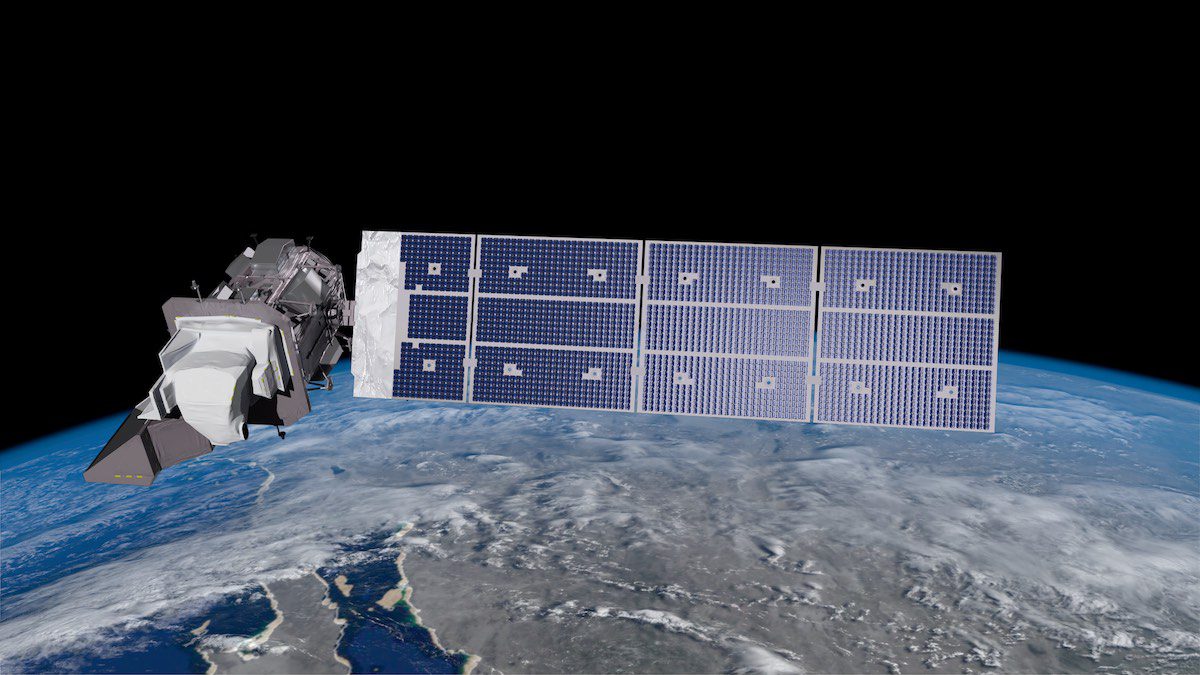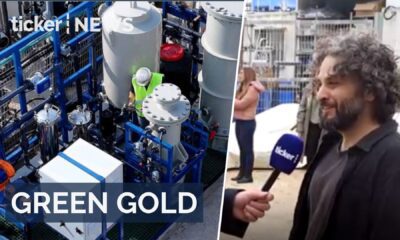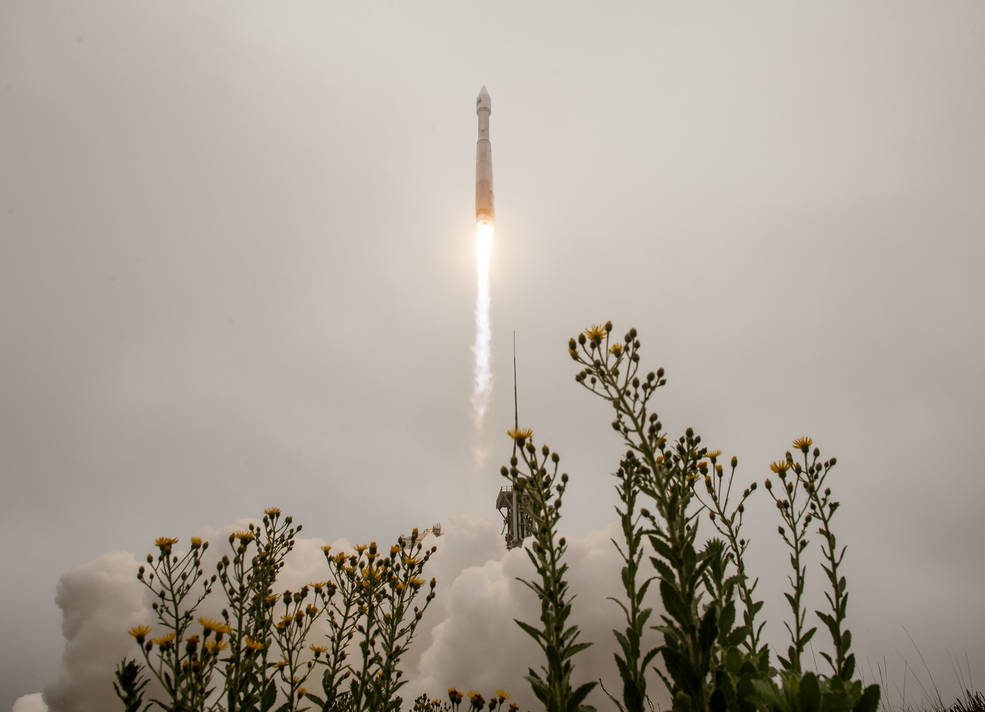Tech
An all-seeing eye: NASA launches the next satellite generation

Tech
Airbus A320 fleet faces software upgrade due to risk
Airbus alerts A320 operators to urgent software fix after JetBlue incident raises safety concerns
Tech
China blocks ByteDance from using Nvidia chips in new data centres
China blocks ByteDance from using Nvidia chips, tightening tech control and pushing for domestic AI innovation amid U.S. restrictions.
Tech
OpenAI launches shopping research tool for ChatGPT users
OpenAI launches shopping research tool to enhance e-commerce experience ahead of holiday season spending boost
-



 Leaders1 day ago
Leaders1 day agoH2Pro focuses on affordable green hydrogen
-



 Shows2 days ago
Shows2 days agoBrisbane’s economic growth and innovation drive 2032 goals
-



 Leaders1 day ago
Leaders1 day agoCarbonBlue revolutionises carbon capture and lime production
-



 Shows2 days ago
Shows2 days agoFusion of East and West: A recipe for success
-



 News2 days ago
News2 days agoChina naval activity raises tensions from Philippines to Galápagos
-



 Shows2 days ago
Shows2 days agoVictoria’s new granny flat rules spark a modular housing boom
-



 Leaders9 hours ago
Leaders9 hours agoHomeBiogas transforms waste into clean energy in 30,000 homes
-



 Shows5 days ago
Shows5 days agoHow parents can prepare for the new under-16s social media ban









